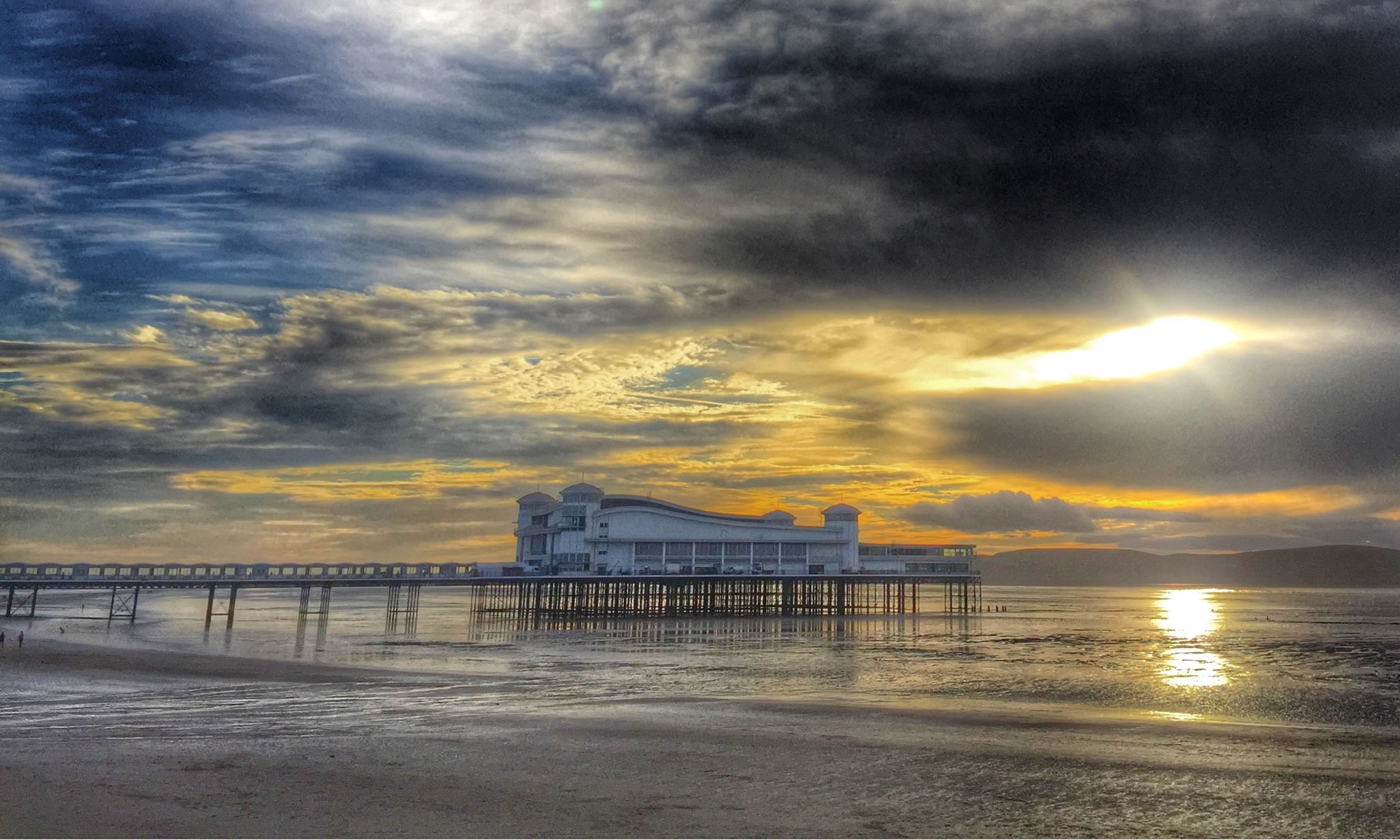Château de Pierrefonds #366photos2020
The Lodge #366photos2020
Le Shuttle #366photos2020
Flowering #366photos2020
Are you looking at me? #366photos2020
Compass #366photos2020
Walking along the canal
With all the beautiful weather we decided to take advantage of it and go for a walk along the Kennet and Avon Canal, well part of it anyhow.
The Kennet and Avon Canal is a waterway in southern England with an overall length of 87 miles, made up of two lengths of navigable river linked by a canal. The name is used to refer to the entire length of the navigation rather than solely to the central canal section. From Bristol to Bath the waterway follows the natural course of the River Avon before the canal links it to the River Kennet at Newbury, and from there to Reading on the River Thames. In all, the waterway incorporates 105 locks.
The two river stretches were made navigable in the early 18th century, and the 57-mile (92 km) canal section was constructed between 1794 and 1810. In the late 19th and early 20th centuries, the canal gradually fell into disuse after the opening of the Great Western Railway. In the latter half of the 20th century the canal was restored in stages, largely by volunteers. After decades of dereliction and much restoration work, it was fully reopened in 1990. The Kennet and Avon Canal has been developed as a popular heritage tourism destination for boating, canoeing, fishing, walking and cycling, and is also important for wildlife conservation.
We decided to do the walk as my eldest had gone on a school trip (as part of curriculum enrichment) in 2015 and had recommended it to us.
We caught the train to Avoncliff Halt.
Seriously this is a halt, and the platform is only big enough for a single carriage, so we had to make sure we were at the front of the train. Originally opened in 1906.
What looks like a road bridge is in fact part of the Avoncliff Aqueduct.
The Avoncliff Aqueduct crosses both the Wessex main line and the River Avon.
It was built between 1797 and 1801
There was this lovely house alongside the canal.
Very peaceful walking along in the shade. Though to be honest there were a fair few cyclists and other walkers as well.
Quite a few boats as well.
This is the Dundas Aqueduct, again built between 1797 and 1801.
The aqueduct is also the junction between the Kennet and Avon Canal and the largely derelict Somerset Coal Canal. The short stretch of the Somerset Coal Canal still in water forms Brassknocker Basin, used for boat moorings, cycle hire and a cafe.
Whilst we were walking along, two military helicopters, probably on their way to RNAS Yeovilton flew past, relatively low. One was a Puma, the other a Merlin.
As we got near the city centre of Bath, we went through two amazing tunnels.
Overall quite a trek, but great weather, lovely scenery and rather peaceful.
Shaun the Sheep (and friends)
One of the things we missed this year (not that it happens every year) was doing a statue trail.
Back in 2015 we did the Shaun in the City trail across Bristol, the wider area and finished off seeing them all at Covent Garden. We managed to see 62 out of the 70.
In 2018 we did the Gromit Unleashed 2 trail which as well as Shaun the Sheep and Gromit, also had Wallace getting in on the act as well. This time we did manage to capture all 67 sculptures.
So it was quite nice on a visit to the Mall at Cribbs Causeway to see a few sculptures in the Gromit Unleased shop.
There was the vanilla Shaun the Sheep.
There were a few Chinese inspired sculptures as well, including Kansashi
Then we had Year of the Gromit.
Also Shanghai Shaun.
I quite enjoyed seeing Caractacus Paws again, which was one of my favourite Gromit from the Gromit Unleashed 2, though Bristol’s Own was probably my actual top sculpture.
The other Gromit there as The Sea of Hope.
Though not a Gromit or a Shaun, I did quite enjoy seeing the huge Morph as well.


























